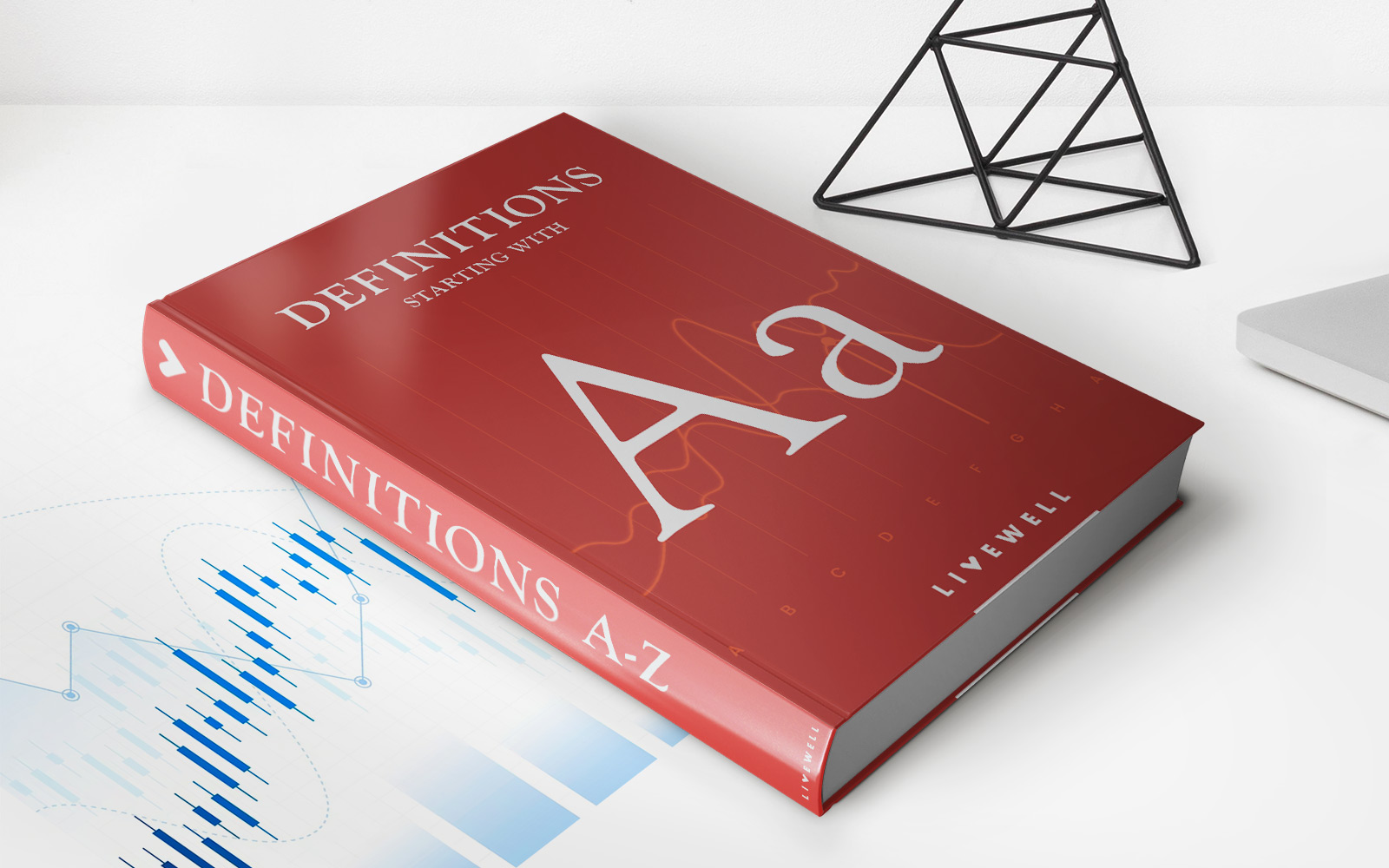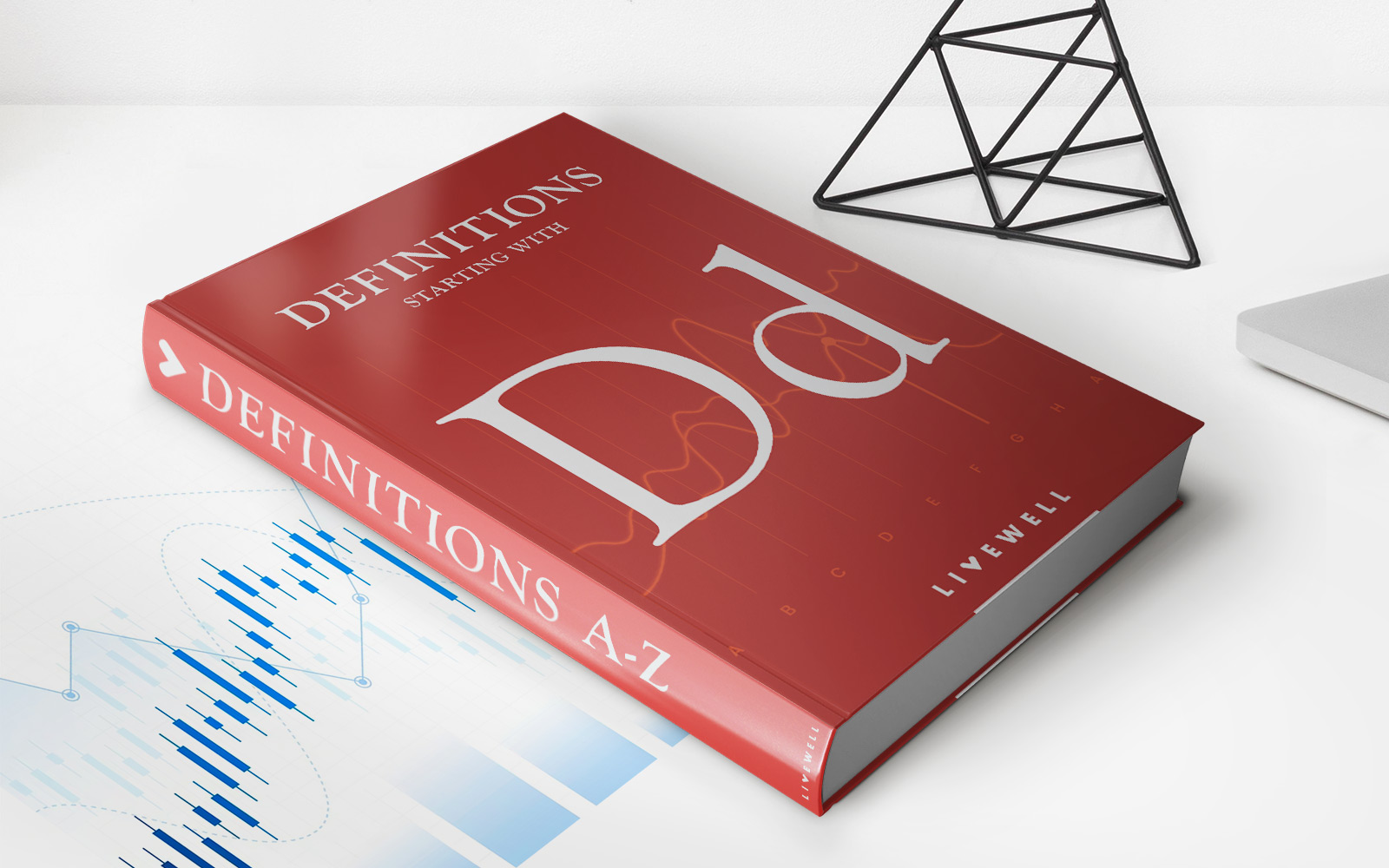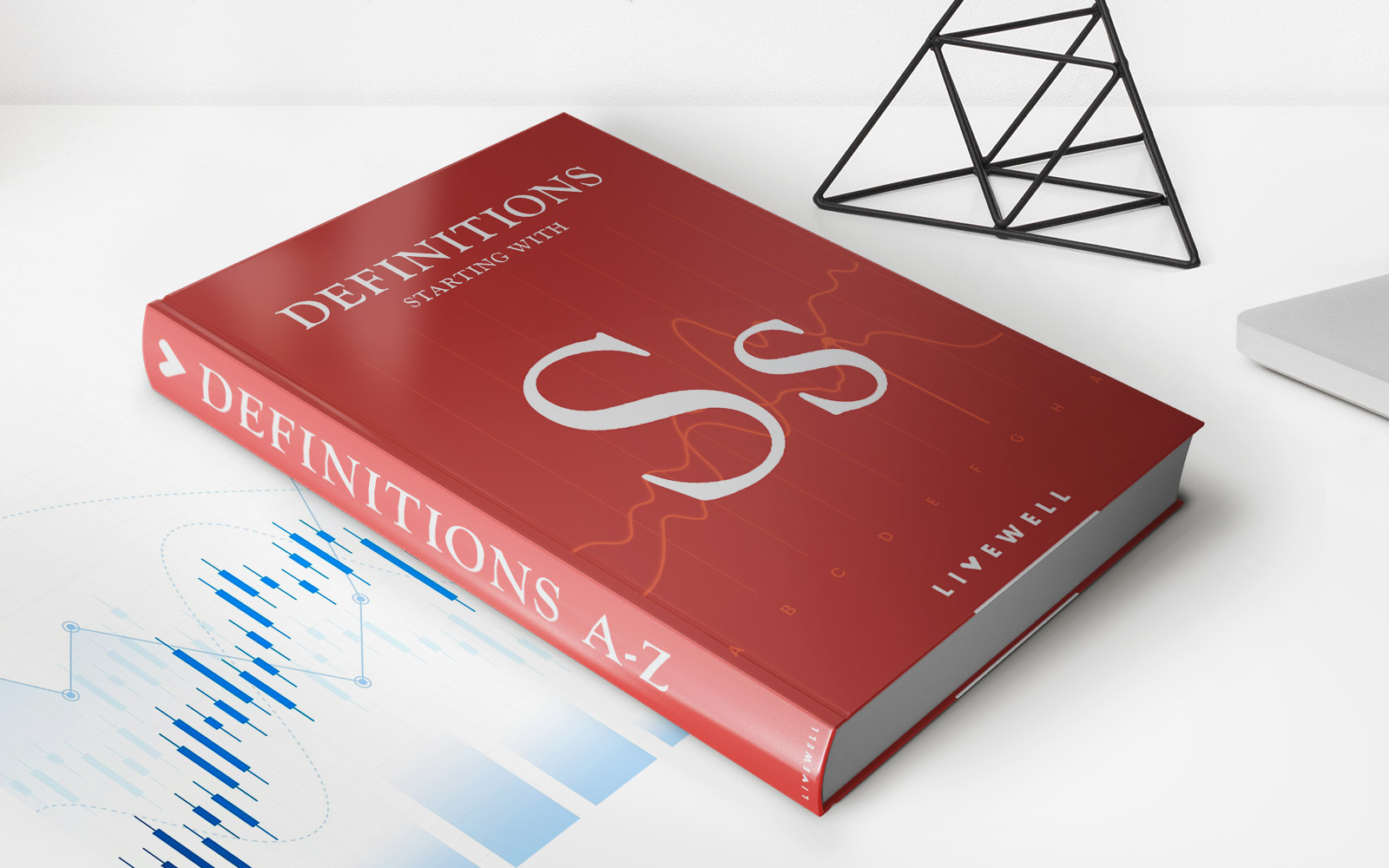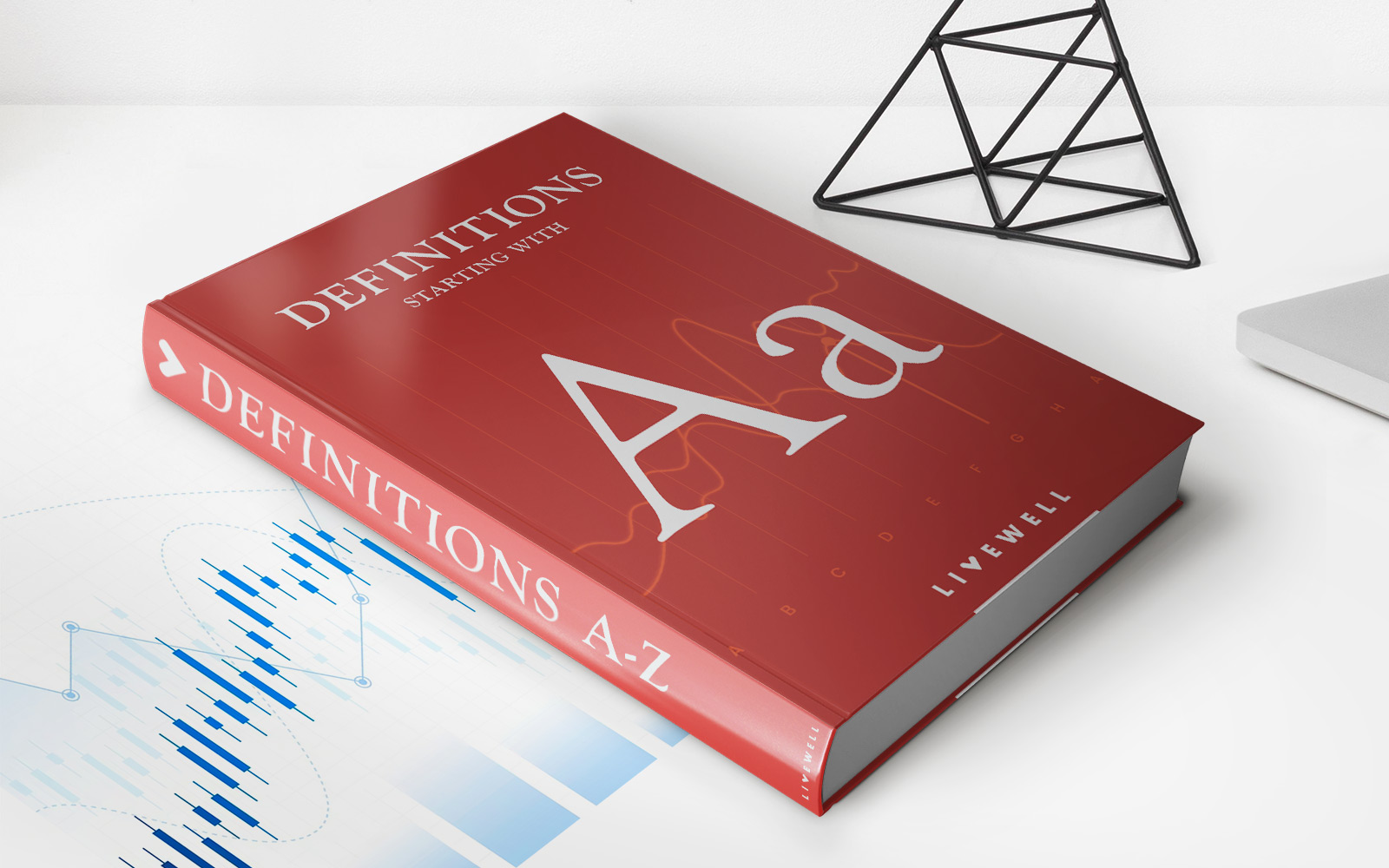

Finance
Linear Price Scale Definition
Published: December 18, 2023
Learn the definition of linear price scale in finance and understand its significance in analyzing financial charts. Expand your knowledge in finance with our informative guide.
(Many of the links in this article redirect to a specific reviewed product. Your purchase of these products through affiliate links helps to generate commission for LiveWell, at no extra cost. Learn more)
Understanding Linear Price Scale in Finance
When it comes to understanding financial markets, having a solid grasp of various price scales is crucial. One such scale is the Linear Price Scale, which plays a significant role in charting price movements. In this blog post, we will dive deeper into the definition of a linear price scale and its importance in finance.
Key Takeaways:
- Linear price scale presents price movements linearly, with equal price intervals.
- It’s important to use a linear price scale when analyzing price patterns and trends.
So, what exactly is a linear price scale? In finance, a linear price scale is a charting scale that represents price movements in a linear manner. Unlike other scales, such as logarithmic scales, which represent percentage movements, the linear price scale displays equal price intervals on the y-axis.
Using a linear price scale is essential when analyzing price patterns and trends because it allows for a clear understanding of price movements. By representing price changes linearly, it becomes easier to identify support and resistance levels, trend lines, and other important charting tools used in technical analysis.
Here are a few key advantages and applications of using a linear price scale:
- Clarity in Price Movements: The linear price scale enables traders and investors to easily interpret and understand price movements. It provides a clear representation of how prices are changing over time, without any distortions caused by logarithmic scaling.
- Identifying important levels: The linear price scale helps in identifying key support and resistance levels accurately. These levels play a crucial role in determining potential breakouts or reversals, aiding decision-making processes for traders and investors.
- Tracking trend lines: Linear scaling allows for easy identification and tracking of trend lines. This helps in analyzing the overall market trend and making informed trading decisions.
- Comparing different assets: When comparing the price movements of different assets, a linear price scale is preferred. It ensures that the price changes are directly comparable, giving a realistic picture of relative performance.
It’s important to note that while the linear price scale has its advantages, there are situations where other scales, such as logarithmic scales, may be more appropriate. For instance, when analyzing the performance of stocks with extreme price movements or comparing assets with different price ranges, logarithmic scales may provide a better perspective.
In conclusion, the linear price scale is a valuable tool in finance that enables traders and investors to analyze price movements accurately. By representing price changes linearly, it provides clarity, helps identify key levels, and assists in tracking trends. As with any charting tool, it’s important to understand the context and application before utilizing a specific type of price scale.














